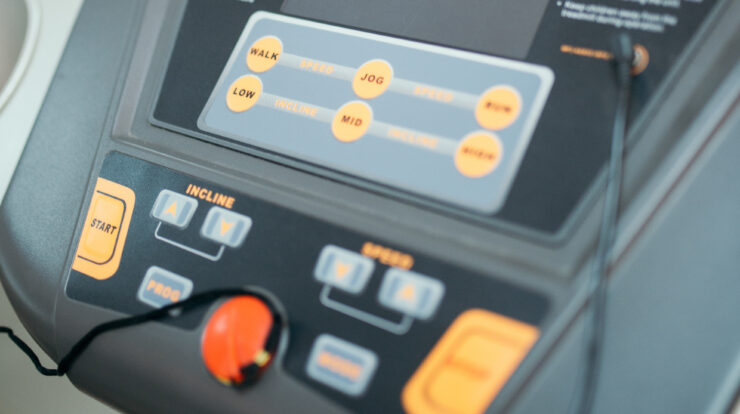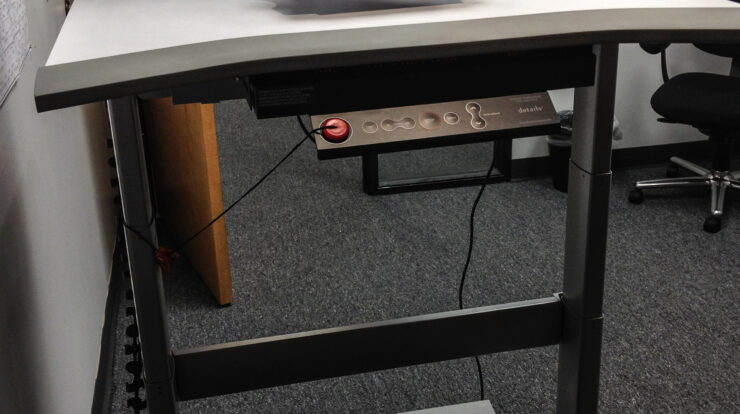An incline treadmill is a type of treadmill that allows the user to adjust the angle of the running deck, simulating the sensation of running uphill. This feature can add an extra level of challenge to your workout and target different muscle groups. But what muscles does the incline treadmill actually work?


The incline treadmill targets the lower body muscles, specifically the quadriceps, hamstrings, and calves. These muscles are engaged during incline treadmill exercise, leading to increased muscle activation and growth. In addition to the lower body, the incline treadmill also works the core and upper body muscles, such as the abs, lower back, and arms to help maintain balance and stability. The intensity and duration of the exercise will affect which muscles are targeted and how much they are worked. Running on an incline also provides cardiovascular benefits by increasing heart rate and improving cardiovascular health.
Lower Body Muscles
The primary muscle group that is targeted by the incline treadmill is the lower body, specifically the legs. The main muscles that are worked during incline treadmill exercise include the quadriceps, hamstrings, and calves.
The quadriceps, located in the front of the thigh, extend the knee and lift the leg. When running on an incline, the quadriceps have to work harder to lift the body weight against gravity, making them more engaged. This can lead to increased muscle activation and increased muscle growth.
The hamstrings, located in the back of the thigh, are responsible for flexing the knee and extending the hip. They also play a role in the forward motion of the treadmill and are worked during running or jogging on an incline. The hamstrings are also engaged to a greater extent when running on an incline, as they work to help control the knee joint during the uphill motion.
The calves, located in the back of the lower leg, are responsible for plantar flexion, or pointing the toes downward. They are heavily involved in the up and down motion of the treadmill and are worked during running or jogging on an incline. The calf muscles are also engaged more when running on an incline, as they are working harder to push off the ground and propel the body forward.
Core and Upper Body Muscles
In addition to the lower body, the incline treadmill also works the core and the upper body. The core muscles, including the abs and lower back, are engaged to help maintain balance and stability during incline treadmill exercise. The arms are also involved in incline treadmill exercise, as they are used to help maintain balance and can be used for added resistance by adding hand weights.
Intensity and Duration
It is important to note that the intensity and duration of the incline treadmill exercise will affect which muscles are targeted and how much they are worked. Running at a faster pace or on a steeper incline will increase the difficulty of the workout and target different muscle groups.
Cardiovascular Benefits
The incline treadmill also has an added cardiovascular benefit, as running on an incline increases heart rate and increases the workload on the cardiovascular system, which can lead to improved cardiovascular health.
Final Notes
In conclusion, the incline treadmill is a versatile piece of equipment that can provide a full-body workout. The primary muscle groups worked during incline treadmill exercise include the quadriceps, hamstrings, and calves. The core and upper body are also engaged during incline treadmill exercise, making it a great choice for those looking to burn calories and lose weight. Additionally, running on an incline can also provide a cardiovascular benefit and help improve overall fitness level. It’s important to start with a lower incline level and gradually increase the incline to prevent injury and adapt to the new workout stress.






